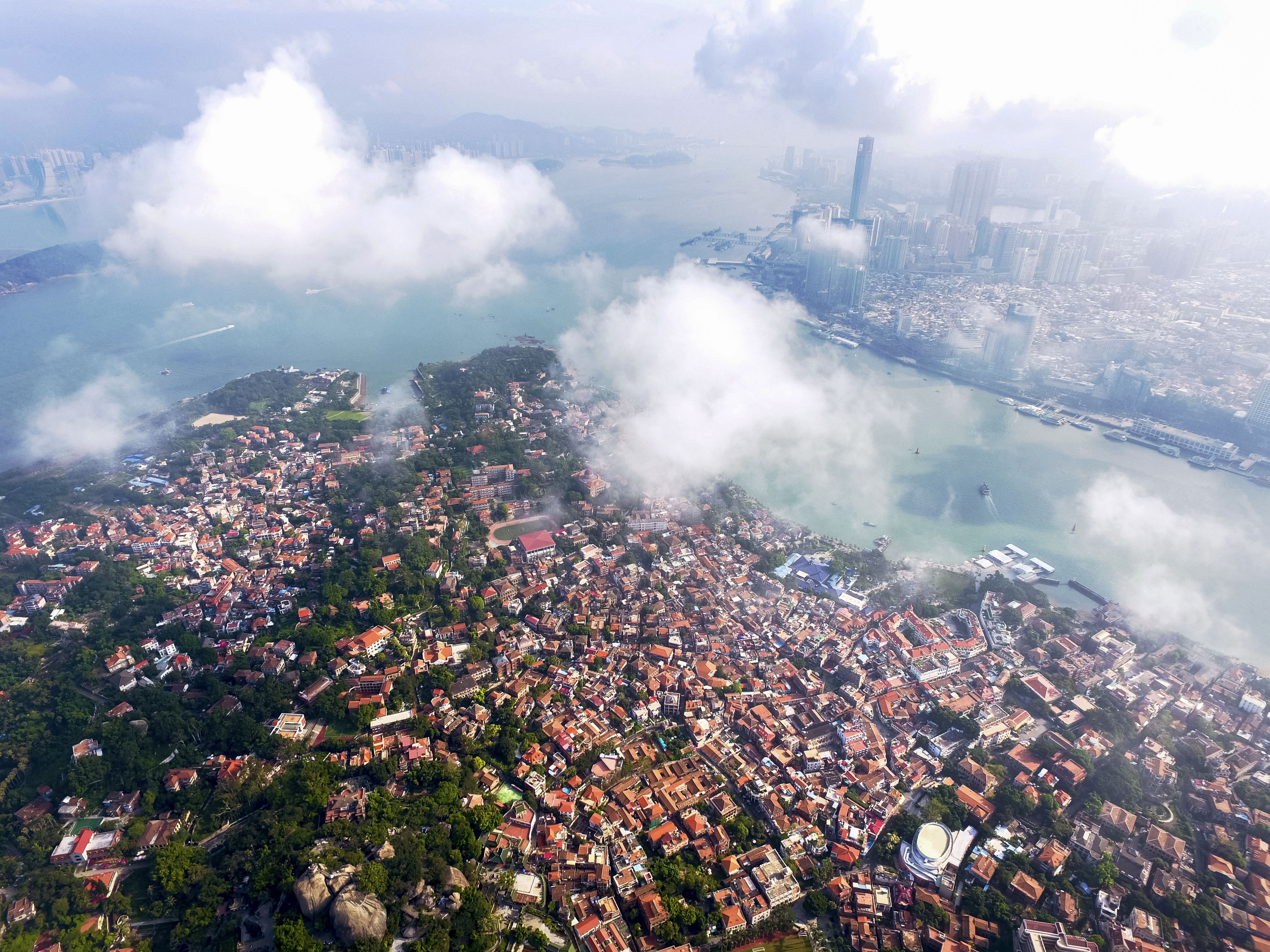'Green Index' report shows progress of China's cities
- By Wu Jin
 0 Comment(s)
0 Comment(s) Print
Print E-mail China.org.cn, July 20, 2018
E-mail China.org.cn, July 20, 2018

Chinese cities are becoming greener, the Innovation Green Development Program (iGDP) stated in a report released Wednesday, titled "China's Low-Carbon & Green Index for Cities" (LOGIC).
Founded by the Energy Foundation China and dedicated to quantitative research on China's low-carbon and green efforts, iGDP has built up a database following 115 cities and evaluating their performances between 2010 and 2015 according to 23 indicators across seven different categories, including energy and power, economy and transportation, among others.
"Overall, the analysis found that Chinese cities have made noteworthy progress and significant improvements in recent years in their green and low-carbon goals," the report revealed.
According to LOGIC, the overall index gauging green and low-carbon improvements among the 115 cities grew by 6 percent from 2010 to 2015, with over 90 of the individual cities included in the report seeing both GDP and LOGIC index growths.
"However, on a certain scale, large cities lose these size and efficiency benefits. Therefore, the large megacities will need special policy attention and different strategies to maintain and improve green and low-carbon performance," the report stated.
By using the data available on official websites and other research bodies, the iGDP has extended its network to link 45 institutions working with local governments to collect and evaluate green and low-carbon performance and development policies.
"Our projects are trying to address cities' green and low-carbon development challenges. So we think actually cities can make improvements," said Chen Meian, Ph.D. and iGDP analyst, in her presentation during a symposium organized for the release of the report.
Based on the indexes, the cities Shenzhen in Guangdong province, Xiamen in Fujian province and Changde in Hunan province have become the three top-performing cities in terms of their green and low-carbon efforts and effectiveness.
The ranking of third-greenest came as a surprise for Changde, a relatively obscure city among the others.
Yang Li, program director and senior analyst of the iGDP, explained, "The evaluation methodology on Changde has shown the best performance in each category, especially for its industries."
However, she also emphasized they still need to explore the city further through site visits.
The report's indicators and indexes can help local governments improve the efficiency of green policy development, looking at specific scores on the ranking list in different categories.
"We don't make specific recommendations for policy areas. However, our policy mapping database, which has collected lots of policies from different cities, will enable [the governments] to check the database and see what policies have already entered," said Chen.
The report was completed during China's economic transition from an economy using intensive energy and resources – based on investments, heavy industries, manufacturing and exports – towards a more modern, high-tech and high-value economy relying on knowledge and the service industry, said LOGIC.
"So we think it is very important to develop an index framework that can capture China's major social and economic factors, can reflect the latest policy changes and also assess cities' performance by comparing them with global best practices," said Chen.
Before LOGIC, the iGDP also worked on a report named "Low-Carbon Cities in China: An Alliance of Peaking Pioneer Cities Action Factsheet," handed out to each U.S. delegate who attended the Sino-U.S. Climate Leaders Summit hosted in Beijing in 2016. The institution will soon release an additional survey focused on public opinions about green lifestyle.






Go to Forum >>0 Comment(s)